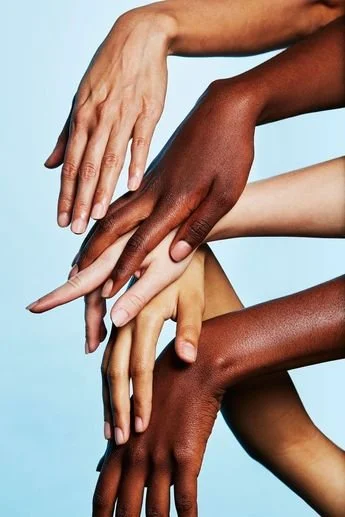The Beauty Industry’s The Biggest Scandal
We are surrounded by a cosmetic culture: every day is a buff, blend, an announcement of a new collection, and beauty gurus. Whether we like or not, each of us are involved in it. Cosmetics tends to spark some very contentious topics, here are the top controversies from 2018.
Skin Tones
2018 was the year of inclusivity for beauty. Rihanna’s makeup company Fenty ignited the trend in 2017 with a foundation range of 40 shades, and since then many other brands including Covergirl and Cover FX have followed. In the process of this, some brands noticeability left out both deeper and fair shades. Tarte and Beauty Blender have experienced this with the release of their foundations. Both brands dropped foundation ranges that were missing deep and fair shades, which led to masses of people boycotting the entire brand. After that, they slowly brought out more variety in the colors of their base products. Beauty brands are realizing that humans come in more than 12 shades, and slowly both high end and drugstore brands are releasing what we have needed for years.
Men in beauty
With over 31 million followers, Huda Kattan, a blogger from the Middle East, is one of the biggest influencers on social media and creator of Huda Beauty. Yet she lacks to represent men in the beauty community. While she covered the topic of the inclusive shade range, she only pictured women wearing it. Men have made an impact on the beauty industry, which is normally seen as an industry geared towards women.
Men have left their marks on the timeline of beauty and make up. Examples of this include Kevyn Aucoin was hired by Revlon in the 80’s, Mario Dedivanovic began doing make up with Kim Kardashian in 2008. We look at creators like Jeffree Star, and Patrick Starrr to learn how to do makeup on ourselves. Going back to the 1970’s and 1980’s men in makeup was far from mainstream. Musicians like David Bowie and Prince embraced the androgynous look, introducing men in makeup as a norm We owe a large part of our makeup routines to drag queens. For example, baking, highlighting, and contouring came directly from drag culture. Their methods have been taken and modified to something people can wear on a daily basis. Without them our explore feed full of cut crease tutorials would not exist and neither would Kim K’s signature look. Celebrities including Lady Gaga are heavily influenced by drag, and give it its full credit.
Mockery is the sincerest form of flattery
As brands continue to release more products, we are seeing less originality. Brands like Revolution Beauty have made lower-priced replications of popular products that are, of course, much lower quality. Beauty brands that are at the lower end of the price spectrum that are making dupes are taking artists’ original ideas, to make them more accessible to everyone. Once the products are released, it is up to the consumer to decide if quality and/or originality matters.
Whether or not brands continue to be scandalous or push consumerism on the public, makeup should be used to let users showcase their unique personalities. Makeup is an outlet for creativity and artistic expression. It is our daily mood ring and allows us to find groups that share the same interest. 2019 should be all about taking beauty back to its roots.
Strike Out,
Writer: Audrey Estupinan
Editor: Savannah Tindall
Tallahassee



